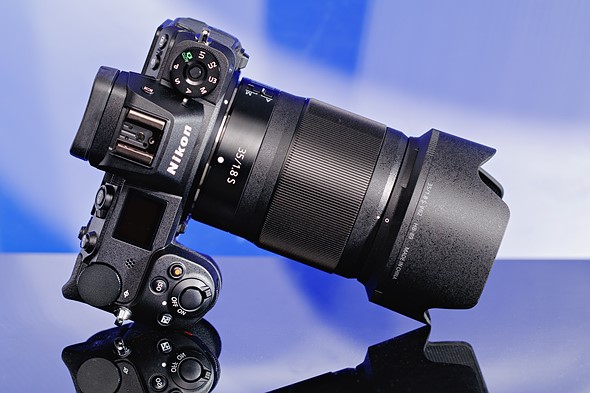New Nikon Z news and reviews roundup…
The Results of Testing the Nikon Z7 vs the Fujifilm X-T2 for Concert Photography (ThePhoBlographer).
Z7 AF accuracy compared to DSLRs (Jim Kasson).
Nikon Z 6 (Live-Action-Edition) by DC.watch.
Nikon Z7 | Nikons erste Vollformat-DSLM im Unboxing [Deutsch] at ValueTech.
Nikon Z 6 vs Nikon Z 7: Which one should you buy? (CameraJabber).
Nikon Z news roundup…
New Nikon Z news roundup:
Nikon Z7 Field Test Part II (Imaging Resource).
Gallery update: The Nikon Z7 goes wrestling (Dpreview).
Updated Hands-on Nikon Z 6 Review by CameraJabber.
35mm f/1.8 Z lens review at Mobile01.
Full Nikon Z7 Review at Dpreview: “extremely well-rounded digital camera”

Dpreview published the full and final Nikon Z7 review:
The Nikon Z7 is an extremely well-rounded digital camera and suitable for a wide range of photographic and video needs. It packs outstanding image quality and very good 4K video in a lightweight, well-built package with in-body image stabilization. Autofocus is slightly less reliable than the competition and the buffer can be limiting for fast action, but overall, the Z7 is a pleasure to shoot with.
